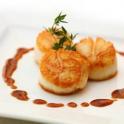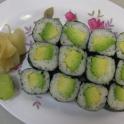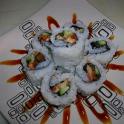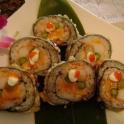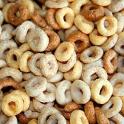One type of seafood that many people love to indulge in and treat themselves on occasion with is crab. While it definitely does take a bit of work to get the meat out of the shell, there’s no question that crab does have a unique taste and offers some powerful nutritional benefits.
Let’s take a look at what crab has to offer you so you can decide if it’s something that you want to begin including in your diet plan.
Major Nutrients Found In Crab
As you can see above, crab is an excellent source of protein and is low in saturated fat as well. Crab, as long as you’re eating the real variety and are not having imitation crab will also be lower in total carb count, so anyone on a low carb diet will really benefit from including this in their plan.
Crab is also a good source of vitamin C, so will provide antioxidant protection to the body, and is also rich in Riboflavin, Niacin, Iron, Magnesium, as well as Phosphorus. All of these nutrients will work together to help keep your energy levels high and your workout performance optimal.
The one thing that you do need to be aware of though is the fact that crab is higher in sodium content, so if that’s a dietary concern of yours, you’ll want to keep your total serving size down lower.
Storing/Selecting
When selecting crab you want to choose legs that are as fresh as possible. Try and go to a fish market that you know has a good reputation for their seafood and avoid purchasing any crab that has a very strong odor to it.
Store the crab in the freezer up until you’re ready to use it. If you’re purchasing frozen crab legs than you’ll want to look for some that have no indication of freezer burn present.
Eat It With:
Crab meat is sometimes served with melted butter or can be eaten along side any other fish or seafood that you enjoy.
Burn Off Calories In Crab:
To burn off the number of calories in a crab leg you would have to do:
- 20 minutes of skiing
- 23 minutes of boxing
- 20 minutes of chopping wood

